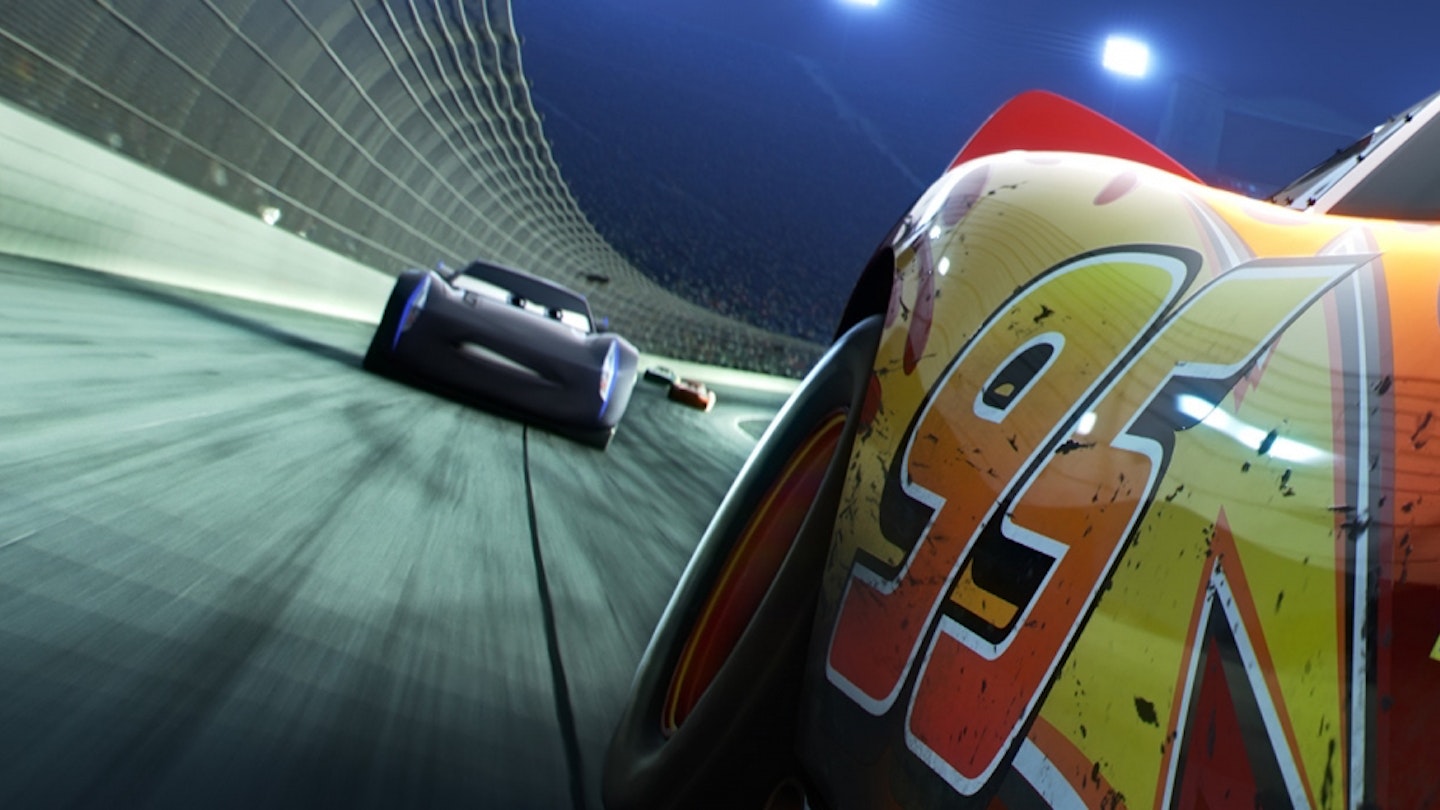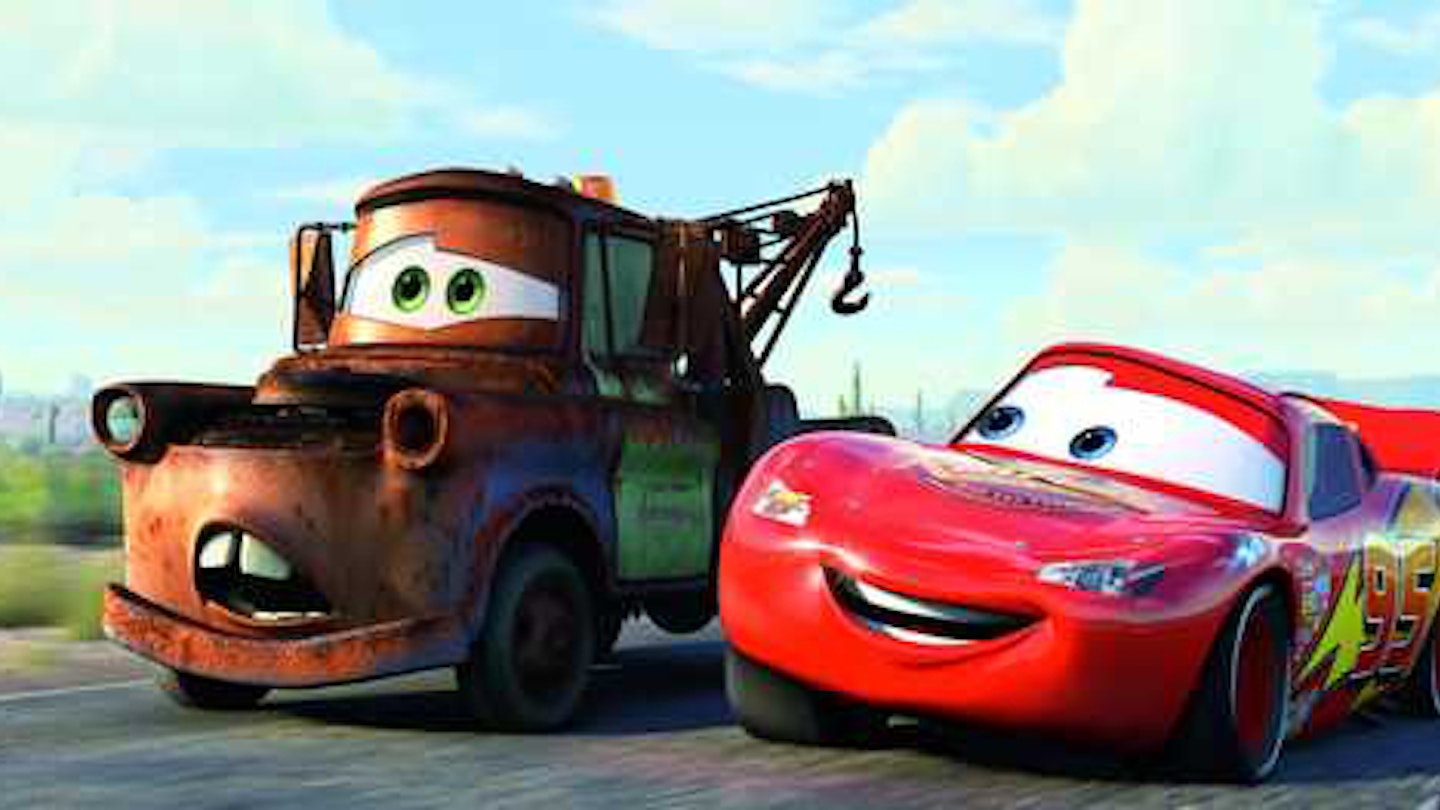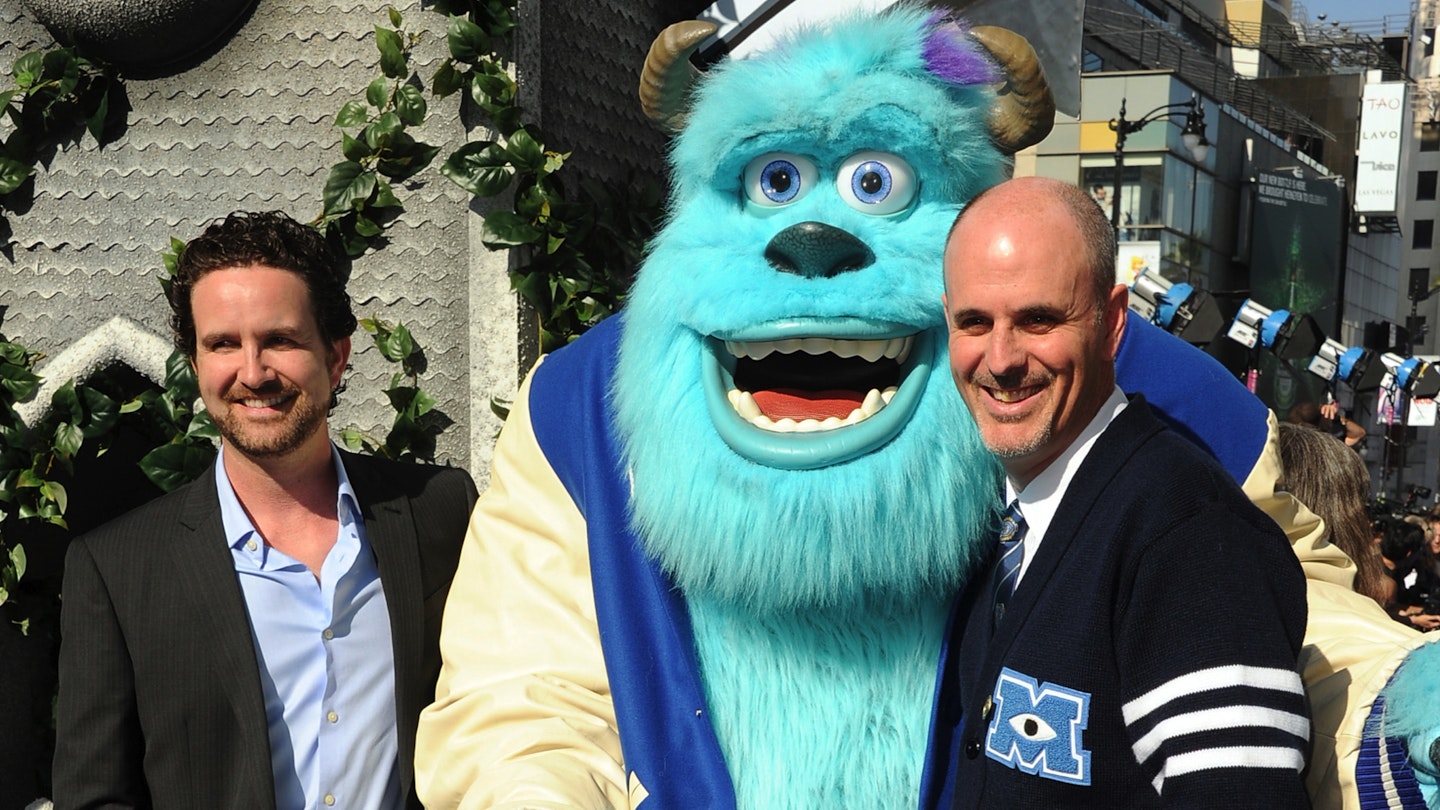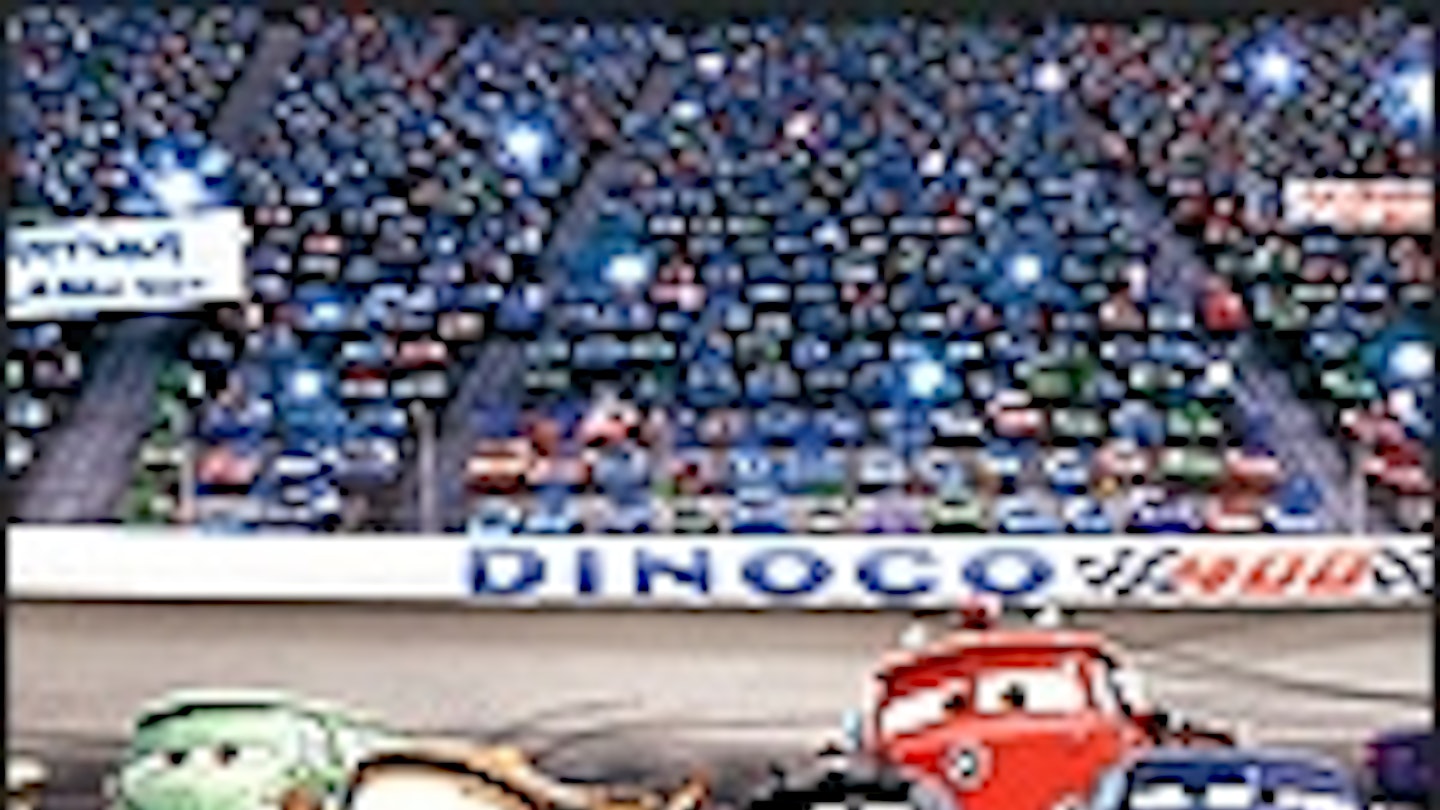It’s a testament to the ludicrously high standards Pixar has set itself that Cars can be considered in any way a disappointment. It leaves the CG output of every other studio choking in its spectacularly rendered dust, yet somehow, somewhere in this well-oiled, staggeringly beautiful machine somebody has omitted a small but crucial cog. It just doesn’t quite run with the smooth hum of fun we’ve come to expect of history’s greatest animation house.
There is no question that Cars is Pixar’s greatest visual achievement. Those geniuses chez Lightyear have long recognised that the best computer animation is not obsessed with realism but detail (just look at the sinister Polar Express to see how off-putting it can be when that balance is out of whack). Everything in Cars is clearly of a bulbous, shiny cartoon world, but is so exquisitely crafted that the reflection off the hood of a speeding racer or the neon miasma bathing a midnight town is almost enough to make you openly weep in the cinema. There is not a single flaw on the face of this film; it’s like Angelina Jolie with hubcaps.
Pretty visuals are only part of what we’ve come to expect of the Pixar experience, though. As a piece of storytelling, Cars sometimes has a sluggishness that is all the more surprising considering it’s directed by animation god John Lasseter, back behind the wheel for the first time since Toy Story 2. With a core message about getting out of the fast lane and enjoying the slow scenic route, it’s a story designed for a middle-aged man, not a sugar-fuelled pre-teen for whom the fast lane is never fast enough — and like any middle-aged man, it’s carrying a little excess flab.
It starts lean and energetic. The opening, featuring cocksure racer Lightning McQueen whizzing around the track, is a breakneck action sequence that could sit happily in any live-action film. In animation, editing and pacing it is near flawless, and one of the most exciting scenes of the summer. So when a later motorway mishap lands McQueen in the derelict town of Radiator Springs, where the most spectacular auto is an emotionally unstable fire engine and a day when holidaying people-carriers pop through is considered eventful, it’s hard not to yearn for the heady roar of the race track.
It’s not that McQueen’s cohorts in the town are dull; it’s just that they’re not especially funny. With the possible exception of rustbucket tow-truck Mater, it’s unlikely you’ll remember any of them after the closing credits in the same way you do such incidental characters as Toy Story’s Rex, mini-Incredible Jack-Jack or that stoned surfer turtle from Finding Nemo. Pixar without funny is like Disney without animal sidekicks or Miyazaki without that bit you didn’t really understand but still kinda liked — it’s recognisable, but it just feels off.
In contrast with the film’s message, Radiator Springs is a nice place to hang out for a while, but you wouldn’t want to live there. Which makes it a great relief when the movie’s ending turns out to be such a humdinger. Bringing the slow and fast lanes together in glorious fashion, it makes sense of the movie’s duller sections and uses them to invest the action with emotion. It’s a finale so full of joy, imagination and technical brilliance that you forgive Lasseter the previous storytelling flaws and, teamed with what might be the greatest Pixar credits gag to date, means you’ll leave the movie on a petrol-induced high.







.jpg?ar=16%3A9&fit=crop&crop=top&auto=format&w=1440&q=80)
